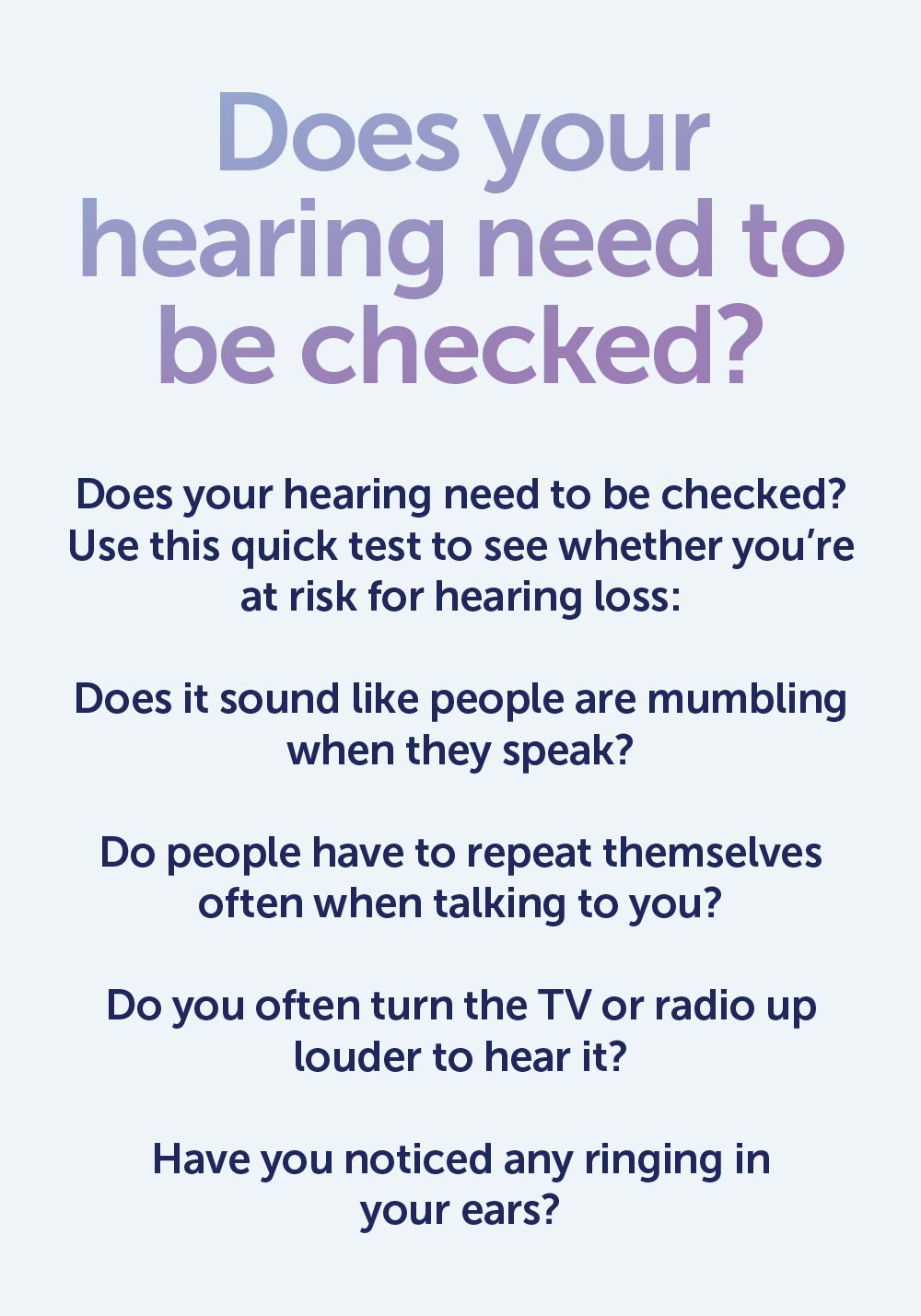Auditory Handling In Dyslexia: Efficient Interventions And Support
Auditory Handling In Dyslexia: Efficient Interventions And Support
Blog Article
Article Produced By-Wong Pena
When you think about dyslexia, it's simple to forget the substantial function auditory handling plays in a person's capacity to connect sounds with letters. You could question just how targeted treatments can make a distinction. By recognizing the nuances of auditory handling, you can discover evidence-based techniques that really sustain those dealing with these obstacles. Whether it's via phonological recognition training or multisensory strategies, the appropriate support can change finding out experiences. Yet what certain strategies are most efficient, and how can you implement them for lasting influence?
Understanding Auditory Processing
When it concerns comprehending acoustic processing, you might be shocked by just how important it's for analysis and language advancement. Auditory handling describes exactly how your mind interprets and understands noises you listen to, including speech. Recommended Looking at is important for identifying phonemes, which are the building blocks of words.
If you deal with auditory processing, you may find it testing to translate words, causing difficulties in reading. You might notice that people with dyslexia commonly have problem with auditory processing, making it harder for them to link noises with letters. This disconnect can cause slow-moving reading, poor spelling, and obstacles in complying with spoken directions.
Recognizing these signs early can assist you recognize the underlying problems and address them effectively.
Furthermore, auditory processing isn't nearly hearing; it involves focus, memory, and the capacity to organize noises. If you can boost these skills, you'll likely see far better outcomes in reading and general language understanding.
Recognizing how acoustic handling works can encourage you to seek the appropriate techniques and support to aid get rid of these difficulties. Understanding this aspect is the primary step toward effective intervention.
Evidence-Based Interventions
Reliable evidence-based interventions can significantly improve acoustic handling abilities in people with dyslexia. One tried and tested approach is phonological understanding training. This strategy assists you establish the ability to acknowledge and control noises in spoken language, which is critical for reading and composing. Programs commonly include tasks like poetry, segmenting, and blending noises, making it interactive and appealing.
One more effective intervention is using multisensory teaching strategies. Combining aesthetic, acoustic, and kinesthetic signs can reinforce knowing. For instance, making use of tinted letters or blocks while stating audios out loud can create stronger connections in your mind.
Additionally, computer-assisted treatments like auditory training software can use tailored practice. https://gunnersvyce.howeweb.com/32785778/open-the-potential-of-different-treatments-for-dyslexia-and-find-if-they-truly-make-a-distinction-in-learning-and-psychological-wellness adjust to your particular demands, providing targeted workouts that boost acoustic discrimination and memory.
Last but not least, incorporating music and rhythm right into knowing can also support acoustic handling. Study shows that music training can boost brain features associated with seem handling, helping you become a lot more experienced at identifying sounds in speech.
Assistance Techniques for Success
To succeed in creating acoustic processing abilities, it's important to implement assistance strategies that deal with individual needs.
Here are https://conneryaehk.smblogsites.com/32174984/open-the-mysteries-of-dyslexia-therapy-in-your-very-first-session-with-a-specialist-and-uncover-what-critical-steps-await-you-on-this-transformative-trip can adopt to boost the understanding experience and increase self-confidence:
- ** Make Use Of Visual Help **: Integrate images, graphes, and layouts to supplement acoustic details. This assists enhance principles and makes it simpler to follow along.
- ** Break Jobs right into Smaller Steps **: Simplifying guidelines and breaking jobs down can prevent bewilder and allow for focused interest on one facet at once.
- ** Motivate Energetic Involvement **: Take part in conversations and tasks that call for spoken responses. This not just enhances acoustic processing yet additionally builds communication skills.
- ** Provide Constant Responses **: Frequently supply constructive responses to assist determine locations for enhancement. This sustains self-awareness and encourages development.
Final thought
In conclusion, understanding acoustic processing is vital for aiding those with dyslexia flourish. Did you recognize that around 70% of individuals with dyslexia experience difficulties with acoustic processing? By implementing reliable interventions and support approaches, like phonological understanding training and multisensory methods, you can make a considerable difference in their learning journey. Bear in mind, producing an encouraging atmosphere and utilizing appealing tools can encourage individuals with dyslexia, leading to higher scholastic success and self-confidence.
